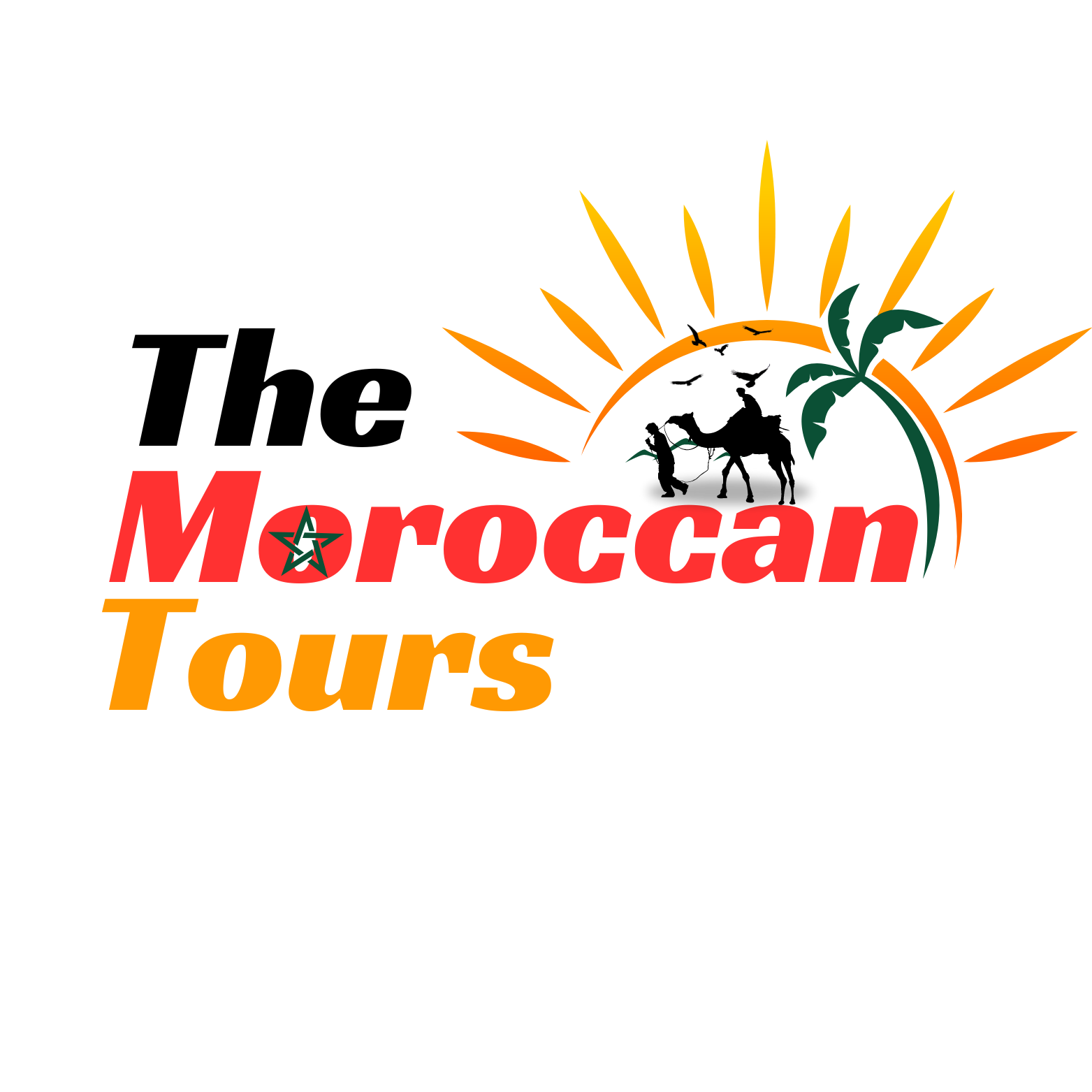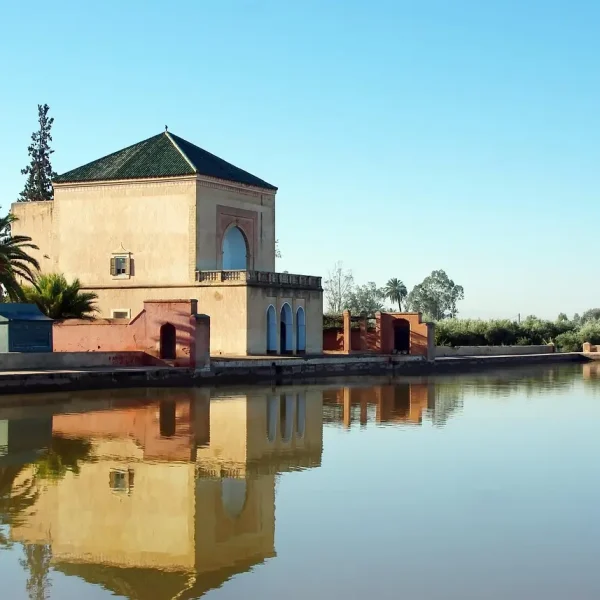
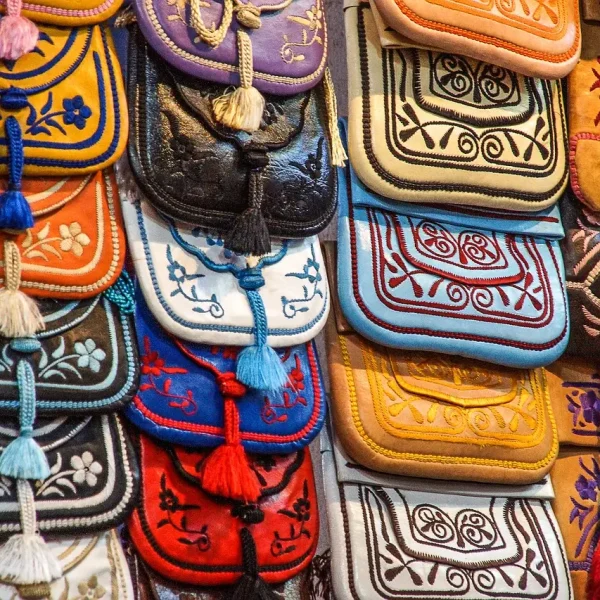
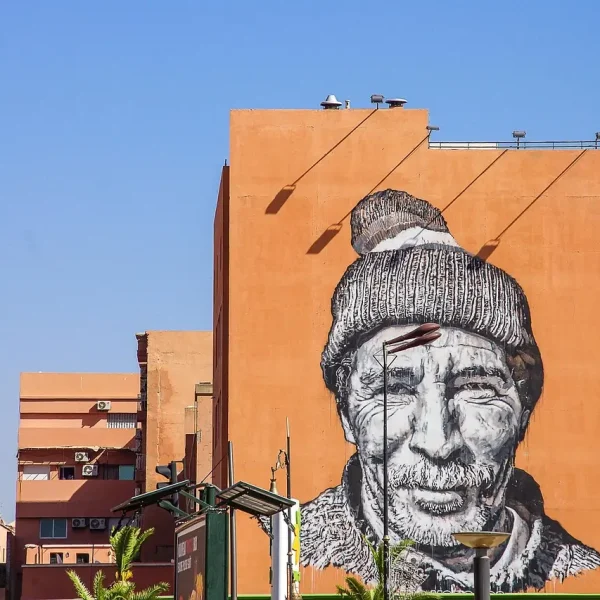
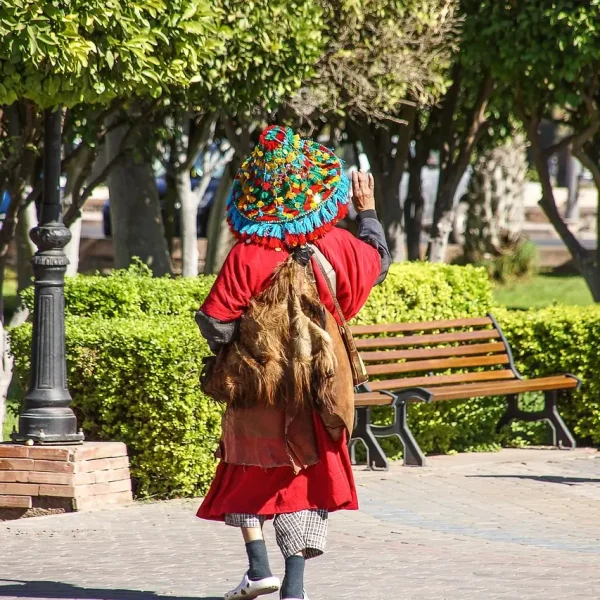
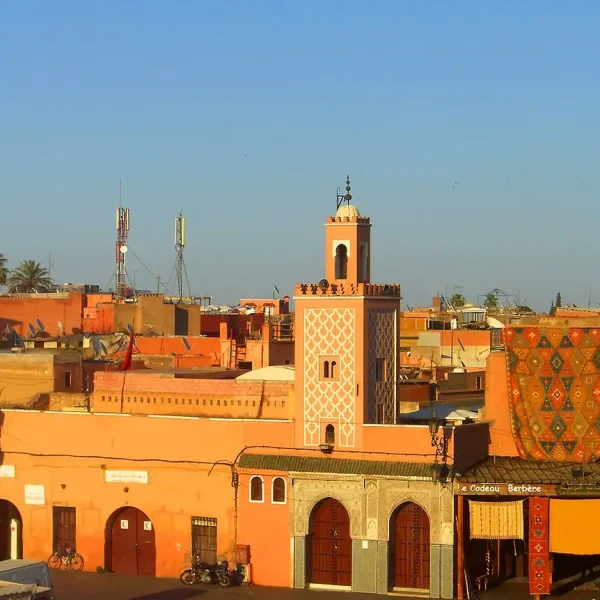
Explore Cities of Marrakech Ultimate Travel Guide
Why Marrakech Captivates Every Traveler
Have you ever wondered what makes Marrakech such a magnetic destination? Picture this: ancient walls whispering centuries-old secrets, modern boulevards buzzing with cosmopolitan energy, and luxury resorts nestled within palm-fringed oases. Marrakech isn’t just one city—it’s a tapestry of distinct neighborhoods, each offering its own flavor of Moroccan magic.
As someone who’s fallen under Marrakech’s spell countless times, I can tell you that understanding the different cities of Marrakech is like unlocking a treasure chest. Each district tells a unique story, from the medieval Medina’s labyrinthine alleys to Gueliz’s French-inspired avenues. Ready to explore Morocco’s Red City like a local? Let’s dive into this enchanting urban mosaic together.
Understanding Marrakech: One City, Many Distinct Areas
Think of Marrakech as a beautiful puzzle where each piece represents a different era, culture, and lifestyle. The cities of Marrakech work together harmoniously, creating an urban symphony that’s both ancient and contemporary. Whether you’re seeking traditional souks, luxury shopping, or tranquil retreats, there’s a perfect neighborhood waiting for you.
The Historical Context of Marrakech’s Urban Development
Marrakech’s evolution spans nearly a millennium, beginning with the Almoravid dynasty in 1062. Each ruling dynasty left its architectural fingerprint, while French colonial influence introduced European urban planning concepts. Today’s Marrakech districts reflect this rich historical layering—a living museum where past and present coexist beautifully.
“Marrakech is not just a destination; it’s a journey through time where every corner reveals a new chapter of Morocco’s fascinating history.”
Medina: The Heart of Ancient Marrakech
The Medina is where Marrakech’s soul resides. This UNESCO World Heritage site pulses with authentic Moroccan life, wrapped within 12th-century ramparts that have witnessed empires rise and fall.
Jemaa el-Fnaa Square: The Soul of the Medina
Imagine a stage where the same show has been running for over 900 years! Jemaa el-Fnaa transforms throughout the day—morning brings orange juice vendors and henna artists, afternoon showcases snake charmers and storytellers, while evening erupts with food stalls creating Morocco’s largest open-air restaurant.
What makes it special:
- UNESCO recognition as a Masterpiece of Oral and Intangible Heritage
- Daily cultural performances by traditional artists
- Authentic street food representing regional Moroccan cuisine
- Central meeting point connecting all Medina attractions
The Souks: A Labyrinth of Traditional Markets
Getting lost in Marrakech’s souks isn’t a mistake—it’s a rite of passage! These traditional markets stretch across 40,000 square meters, organized by craft specialties. The metalwork souk rings with hammering artisans, while the textile souk dazzles with rainbow-colored fabrics.
Pro insider tips:
- Visit early morning for cooler temperatures and better lighting
- Learn basic Arabic numbers for more authentic bargaining
- Carry small bills and be prepared to negotiate
- Don’t rush—souk exploration is about the journey, not the destination
Historical Monuments Within the Medina Walls
The Medina houses architectural marvels that showcase Islamic artistry at its finest. The Bahia Palace exemplifies 19th-century Moroccan craftsmanship, while the Saadian Tombs reveal intricate marble work hidden for centuries. Ben Youssef Madrasa demonstrates how education and beauty intertwined in medieval Islamic culture.
Gueliz: Marrakech’s Modern French Quarter
Named after the Guéliz hill, this district embodies Marrakech’s cosmopolitan spirit. French colonial planners created wide boulevards, modern infrastructure, and European-style architecture that contrasts beautifully with the ancient Medina.
Shopping and Dining in Gueliz
Gueliz offers international shopping experiences alongside Moroccan boutiques. Avenue Mohammed V serves as the main artery, lined with cafes where locals sip mint tea while discussing business. The district balances traditional Moroccan hospitality with contemporary comfort.
Must-visit spots:
- Majorelle Garden for botanical beauty and Yves Saint Laurent legacy
- Carré Eden Shopping Center for international brands
- Local art galleries showcasing contemporary Moroccan artists
- Trendy restaurants serving fusion Moroccan-French cuisine
Architecture and Urban Planning
The contrast between Gueliz’s geometric street layout and the Medina’s organic growth tells Marrakech’s colonial story. Art Deco buildings mix with modern constructions, creating an architectural dialogue between different eras.
Hivernage: The Luxury Resort District
Hivernage transforms into Marrakech’s playground after sunset. This upscale district caters to visitors seeking luxury accommodations, international dining, and vibrant nightlife within walking distance of traditional attractions.
High-End Hotels and Resorts
International hotel chains chose Hivernage for its strategic location and modern infrastructure. The district offers everything from boutique riads to five-star resorts, each providing luxury amenities while maintaining authentic Moroccan design elements.
Nightlife and Entertainment Venues
When the sun sets, Hivernage comes alive with rooftop bars, nightclubs, and sophisticated lounges. The district strikes a perfect balance between respecting local customs and providing international entertainment options.
“Hivernage proves that luxury and authenticity can coexist beautifully in modern Morocco.”
Palmeraie: The Oasis Getaway
Imagine escaping to a desert oasis without leaving the city! Palmeraie spreads across 15,000 hectares of palm groves, offering tranquil retreats from urban energy.
Luxury Villas and Golf Courses
Palmeraie attracts celebrities and luxury travelers with exclusive resorts, private villas, and world-class golf courses. The district provides privacy and space while maintaining easy access to Marrakech’s main attractions.
Popular activities:
- Camel trekking through palm groves
- Quad biking adventures across desert terrain
- Golf at championship courses designed by international architects
- Spa treatments in luxury resort facilities
Desert Activities and Experiences
Palmeraie serves as the perfect launching point for desert tours and Sahara expeditions. Many visitors use Palmeraie accommodations as base camps before embarking on 3-day Marrakech desert tours or longer private desert adventures.
Mellah: The Historic Jewish Quarter
Mellah preserves Marrakech’s multicultural heritage, showcasing centuries of Jewish-Muslim coexistence. This historic district offers insights into Morocco’s diverse cultural tapestry.
Cultural Heritage and Synagogues
The Mellah houses synagogues, Jewish cemeteries, and traditional architecture that reflects Sephardic Jewish influence on Moroccan culture. Visitors can explore this heritage through guided tours that explain the community’s historical significance.
Traditional Architecture and Local Life
Mellah’s buildings feature distinctive balconies and courtyards that differ from typical Moroccan architecture. The district maintains its authentic character while adapting to modern Marrakech life.
Sidi Ghanem: The Industrial and Creative Hub
Sidi Ghanem represents Marrakech’s artistic renaissance. This former industrial zone transformed into a creative district attracting designers, artists, and craftspeople from across Morocco and internationally.
Art Galleries and Design Studios
Contemporary Moroccan art flourishes in Sidi Ghanem’s converted warehouses. Galleries showcase everything from traditional crafts reimagined with modern techniques to cutting-edge installations by emerging artists.
Local Craftsmanship and Workshops
Visitors can witness traditional Moroccan crafts being created using ancestral techniques. Workshops offer hands-on experiences in pottery, textiles, metalwork, and jewelry making.
Transportation Between Marrakech’s Districts
Best Ways to Navigate the City
Navigating the cities of Marrakech requires understanding each district’s transportation options:
| District | Best Transport | Approximate Cost | Tips |
|---|---|---|---|
| Medina | Walking/Petit Taxi | Free/20-40 MAD | GPS often unreliable in narrow alleys |
| Gueliz | Taxi/Bus | 20-60 MAD | Modern streets, easy navigation |
| Hivernage | Hotel shuttle/Taxi | 30-80 MAD | Short distances, walkable |
| Palmeraie | Private car/Resort shuttle | 100-200 MAD | Distances require transportation |
| Mellah | Walking/Petit Taxi | Free/30 MAD | Connected to Medina |
| Sidi Ghanem | Taxi/Rental car | 80-150 MAD | Industrial area, limited public transport |
Tips for First-Time Visitors
- Download offline maps before exploring the Medina
- Negotiate taxi fares before starting your journey
- Keep hotel business cards for easy returns
- Learn basic French and Arabic phrases for better communication
- Carry cash—many places don’t accept cards
“Marrakech reveals new layers with each visit—three days introduces you, but a lifetime wouldn’t be enough to truly know all its secrets.”
Final Thoughts: Making the Most of Your Marrakech Adventure
The cities of Marrakech offer something magical for every traveler. Whether you’re drawn to ancient history, luxury experiences, artistic inspiration, or authentic cultural encounters, each district provides unique perspectives on Moroccan life.
Remember, Marrakech isn’t just about checking off tourist attractions—it’s about embracing the rhythm of Moroccan life, savoring mint tea conversations, and allowing yourself to get wonderfully lost in the journey. Each neighborhood tells part of Morocco’s story, and together, they create an unforgettable travel symphony.
So pack your sense of adventure, bring your curiosity, and prepare to fall in love with Morocco’s Red City. The cities of Marrakech are waiting to welcome you with open arms and endless discoveries. Your Moroccan adventure starts here!
Frequently Asked Questions About Marrakech (FAQs)
Marrakech sits in central Morocco, approximately 327 kilometers southwest of Rabat, the capital city. The city lies at the foothills of the Atlas Mountains, positioned strategically between the Sahara Desert and Atlantic coastal regions.
Yes, Marrakech is generally safe for tourists. The cities of Marrakech maintain strong security presence, especially in tourist areas. However, like any major destination, visitors should exercise standard precautions: avoid displaying expensive items, stay in well-lit areas at night, and use reputable transportation.
Top experiences include exploring Jemaa el-Fnaa square, shopping in traditional souks, visiting Majorelle Garden, relaxing in luxury hammams, taking comprehensive Morocco tours, and enjoying authentic Moroccan cuisine in local restaurants.
Marrakech is located at coordinates 31.6295°N, 7.9811°W, in the Marrakech-Safi region of Morocco. The city serves as the economic center of central Morocco and gateway to the Sahara Desert.
Choose your accommodation based on your travel style: Medina for authentic experiences, Gueliz for modern comfort, Hivernage for luxury and nightlife, Palmeraie for tranquil retreats, or Mellah for cultural immersion.
The ideal time to visit the cities of Marrakech is during spring (March-May) or autumn (September-November) when temperatures are comfortable for exploring. Summer can be extremely hot, while winter offers pleasant days but cool evenings.
Plan minimum 3-4 days to experience the main cities of Marrakech properly. This allows time for Medina exploration, modern district visits, and day trips. Longer stays permit deeper cultural immersion and extended desert expeditions.
